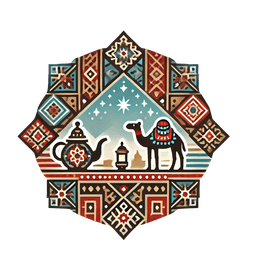- Published on
Morocco vs Algeria Unraveling the Rich Cultural Heritage of North Africa's Rival Nations
- Authors

- Name
- Adil ABBADI
Introduction
In the heart of North Africa, two nations stand out for their rich cultural heritage and historical significance – Morocco and Algeria.Separated by a mere border, these countries share a common past, yet their distinct identities have been shaped by unique experiences, traditions, and influences. In this blog, we'll embark on a journey to explore the fascinating similarities and differences between Morocco and Algeria, delving into their cultural heritage, traditions, cuisine, architecture, and more.
- A Shared History
- Traditional Cuisine
- Architecture and Urban Planning
- Music and Dance
- Conclusion
- Discover More
A Shared History
A brief overview of the shared history between Morocco and Algeria, from ancient empires to French colonization.
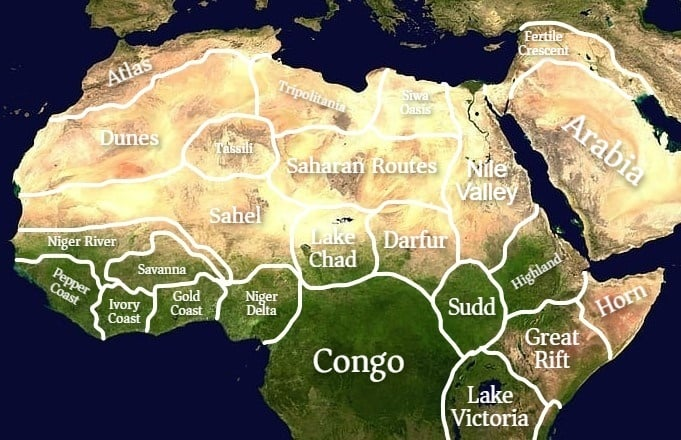
Traditional Cuisine
A culinary comparison of Morocco and Algeria, featuring popular dishes, ingredients, and cooking techniques.
Moroccan Cuisine
- Tagine: A slow-cooked stew made with meat, vegetables, and dried fruits.
- Couscous: A traditional Berber dish made from semolina flour, often served with vegetables and meat.
- B'stilla: A savory pie filled with layers of flaky pastry, meat, onions, and spices.
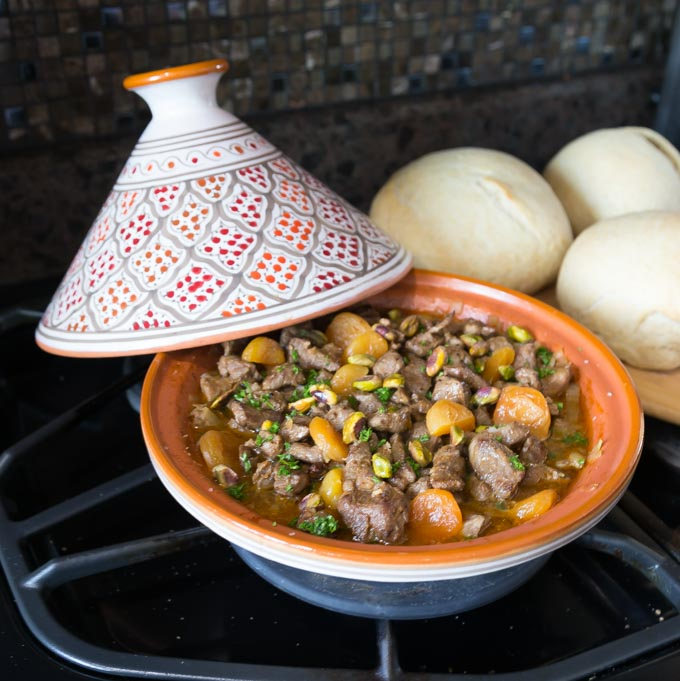
Algerian Cuisine
- Chakchouka: A spicy vegetable stew made with tomatoes, peppers, and onions.
- Couscous: Similar to Moroccan couscous, but often served with a more diverse range of vegetables and meats.
- Mhadjeb: A thin, crispy flatbread often served with olive oil, herbs, and spices.

Architecture and Urban Planning
A comparison of Morocco and Algeria's architectural styles, from ancient medinas to modern cities.
Moroccan Architecture
- Islamic Architecture: Intricately designed mosques, madrasas, and riads showcasing Moorish influences.
- French Colonial Architecture: A blend of European and Moroccan styles, characteristic of cities like Rabat and Casablanca.
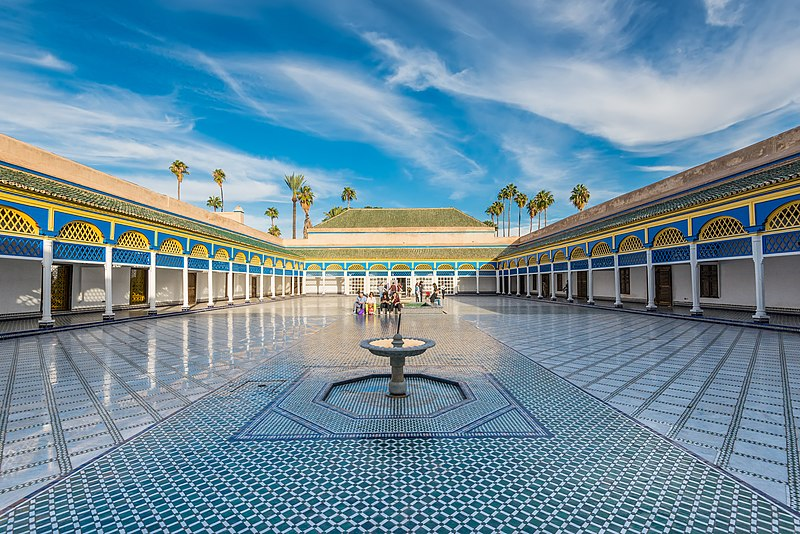
Algerian Architecture
- Ottoman Architecture: A mix of Turkish and Arabic influences, evident in cities like Algiers and Constantine.
- French Colonial Architecture: Similar to Morocco, with a blend of European and Algerian styles.
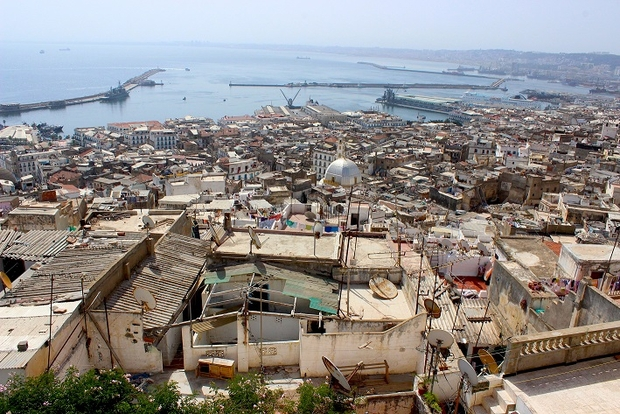
Music and Dance
A showcase of Morocco and Algeria's vibrant music and dance traditions.
Moroccan Music and Dance
- Andalusian Music: A blend of Arabic, Spanish, and African influences, characterized by intricate instrumentation and poetic lyrics.
- Chaabi: A popular folk music style, often performed during festivals and celebrations.
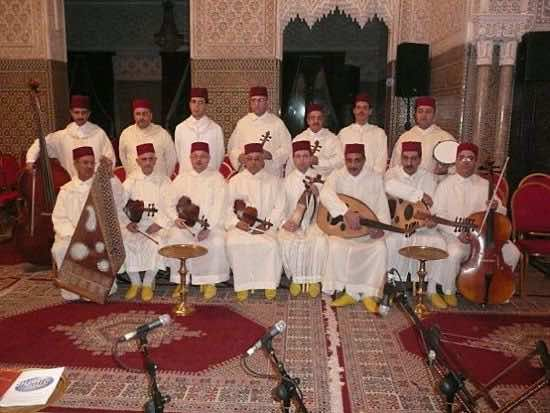
Algerian Music and Dance
- Raï Music: A genre that originated in the 1920s, characterized by a blend of traditional and modern styles.
- Chaouia: A traditional dance from the Chaouia region, known for its energetic rhythms and colorful costumes.
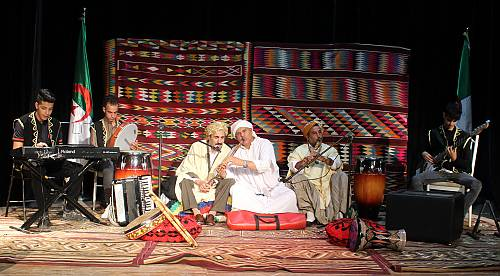
Conclusion
A final thoughts on the complex cultural heritage of Morocco and Algeria, highlighting their similarities and differences.
In conclusion, Morocco and Algeria are two nations with a shared history, yet distinct identities shaped by their unique experiences, traditions, and influences. From their rich cultural heritage to their vibrant music and dance traditions, both countries offer a fascinating glimpse into the beauty and diversity of North Africa.
Discover More
A closing call-to-action, encouraging readers to explore more about Moroccan and Algerian culture.
